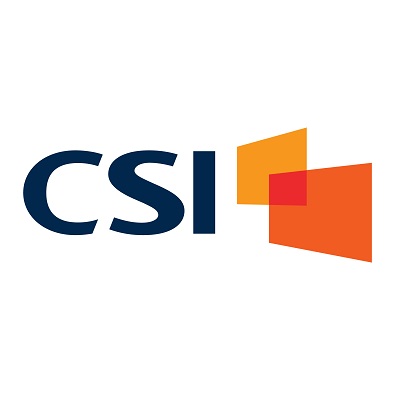How User Access Review Minimizes Risk and Maximizes Security
It’s often difficult for institutions’ in-house staff to manage all aspects of security and compliance, including preparing for upcoming exams or audits, implementing proper controls and keeping up with the latest industry trends. User access review is another area that poses challenges for institutions, as this process can be cumbersome and manual for those with limited resources.
As a component of a risk-based approach to IT governance, user access review validates your users’ level of permissions for various systems, helping you mitigate cybersecurity risk and insider threats. Because of its security and compliance benefits, auditors and regulators have also begun emphasizing this process.
Looking for additional insight into how IT governance can benefit your institution and strengthen your approach to IT, cybersecurity and compliance? Read our white paper.
What is User Access Review?
User access review is the process of validating which systems specific users can access. To maximize security, your institution should follow the principle of least privilege, which permits verified users to access only the systems required for their specific job function. With this approach, institutions first configure access to particular users and have a limited number of administrators. This approach also makes it easier to contain a security breach since a compromised user account could only access specific systems.
Why is User Access Review Important?
As a necessary component of a healthy security program, user access reviews ensure that your users—which include employees or third-party vendors—have appropriate access to your systems. This process helps strengthen your overall cybersecurity posture and meet regulatory requirements. It also adheres to cyber insurance policies that require financial institutions to manage all users based on the principle of least privilege.
Since the roles and responsibilities of employees or vendors change, institutions should regularly review user access. Consider this example: If an employee were promoted, they may still need access to certain systems during their transition period. But if reviews are not regularly conducted, they could maintain access to systems they no longer need—thus inviting increased cybersecurity risk. In this example, the institution should revoke access to systems not required for the employee’s new job function as soon as they are no longer needed.
The more systems a user can access, the more opportunities a hacker can leverage to infiltrate and gain access to valuable data. So, in addition to permission changes, your institution should include new and terminated employees in access reviews.
Your institution can also leverage information within user access reports when investigating potentially suspicious activity. If an employee’s credentials are used to access the system at unusual times or in unusual patterns, your IT or IS team can review access logs to expedite threat remediation and avoid a damaging security incident.

The Complex Nature of User Access Review
Most financial institutions run dozens of applications, each with varying permissions based on groups or individuals within each system. This makes it challenging to manage which users have access to which systems, as well as the specific permissions within each system. On top of that, institutions must track access for terminated employees, employee name changes, role or responsibility changes and more.
Unfortunately, many banking systems don’t make the user access review process simple. Instead, institutions dedicate time and resources to complex, cumbersome processes to manually review user access. Some institutions have even created complicated spreadsheets to manage this process. These manual processes make tracking changes between current and previous reviews more difficult.
With limited resources, many institutions also fail to achieve the ideal cadence of reviews. Many institutions only conduct user access reviews quarterly on critical systems and annually on other systems, likely due to the manual and time-consuming process. But institutions should conduct these reviews more frequently. Even if an institution wanted to increase the frequency of reviews, many don’t have the time or labor to spare. And since many institutions perform these reviews manually, the risk of human error abounds.
This piecemeal approach to user reviews often results in a lack of consistency in the review process and associated reporting. Regulatory requirements becoming increasingly stringent only amplify the challenges facing institutions that choose to manage this process internally.
Streamlining the User Access Review Process
Regulators are recognizing the importance of monitoring user access, as this is becoming one of the most common recommendations after audits and exams. And one of the most common findings includes terminated employees still having credentials to access the system, which represents a significant risk.
Partnering with an IT governance provider to leverage user access reporting templates can streamline the review process, while also providing auditors and examiners access to reviewable reports. IT governance consultants also work with your board and senior leadership to ensure an understanding of IT, cybersecurity and compliance—including the importance of user access reporting. Instead of multiple versions of reports that are all formatted differently, your institution can create streamlined, easy-to-understand reports through such a consistent process.

IT Governance and Compliance: User Access Review and More
As cybersecurity and regulatory risks increase, the importance of controlling and verifying which systems users can access has never been more critical. Adopting a risk-based approach to IT governance—which includes regular user access reporting—will mitigate cybersecurity and compliance risk for your institution. Take a deeper dive into the world of IT governance by reading our white paper, Your Institution’s Guide to IT Governance.

As a forward-thinking software provider, CSI helps community and regional banks, as well as organizations worldwide, solve their customers’ needs through open and agile technologies. In addition to its nearly 60-year reputation for personalized service, CSI is shaping the future of banking by swiftly deploying advanced solutions that help its customers rival their competition.

